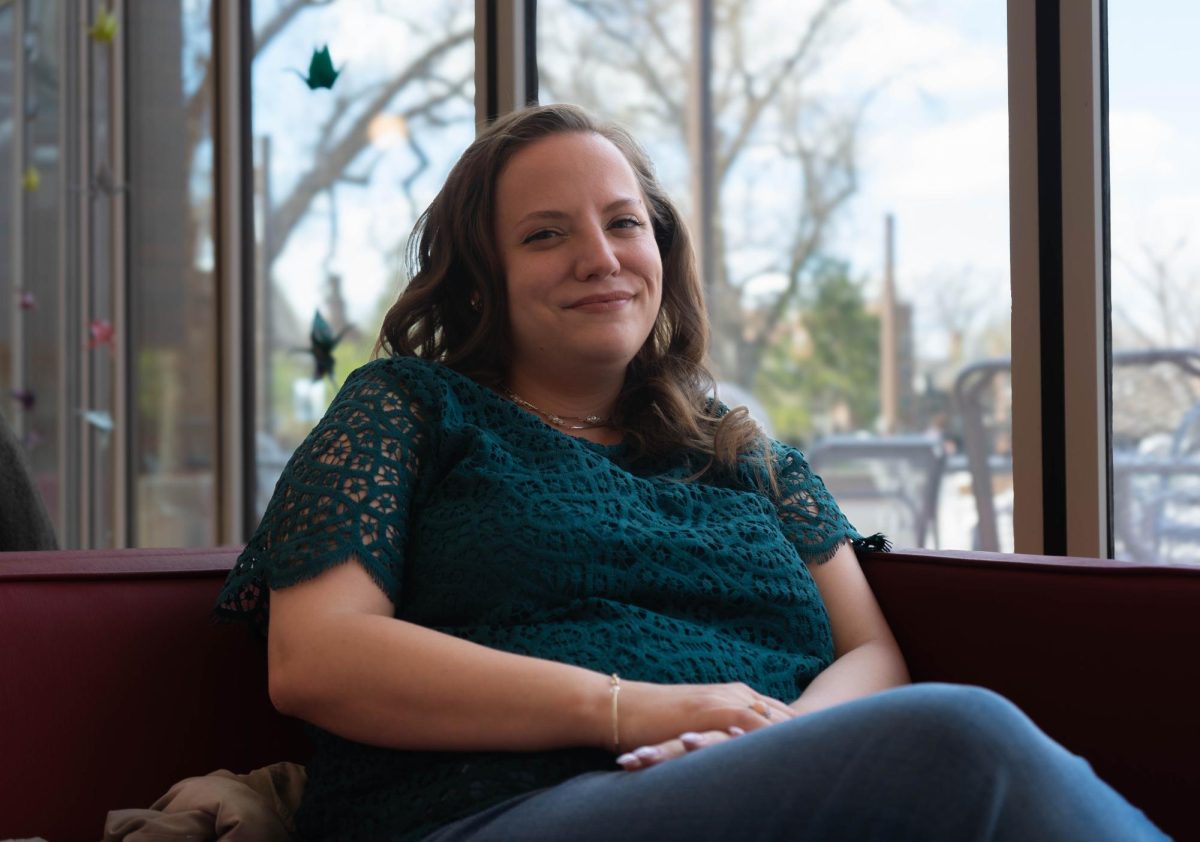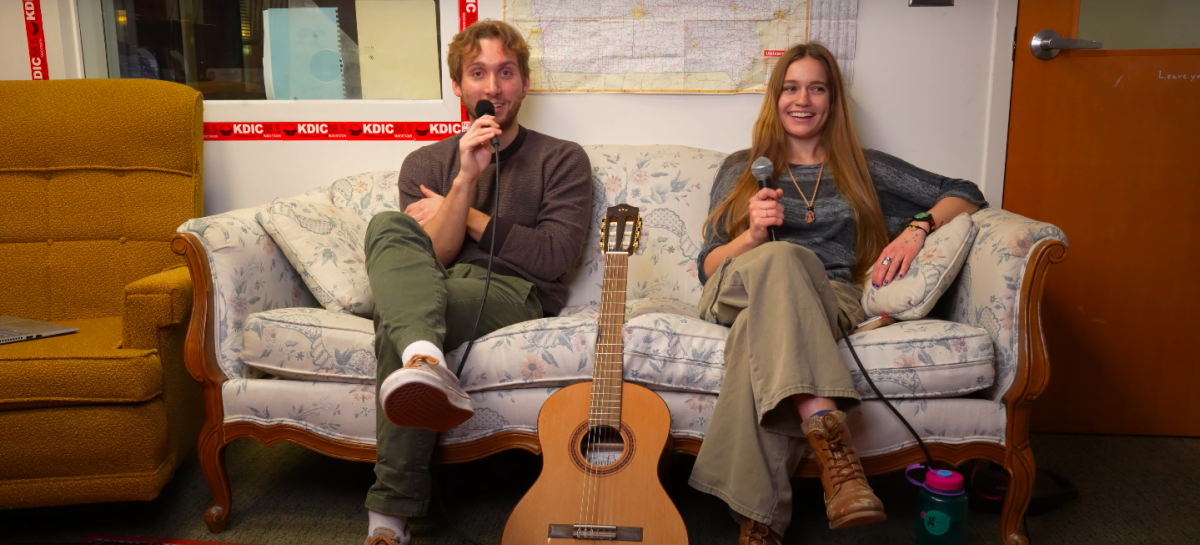
One of the more common varieties of modern talk therapy, cognitive-behavioral therapy (CBT) is a non-medicine-based method of treating certain mental health issues, including depression, eating disorders and various anxiety disorders, among others. According to an article in Psychology Today, CBT “treats problems and boosts happiness by modifying dysfunctional emotions, behaviors, and thoughts.” The therapy is based in the idea that how people behave is affected by how we think. It focuses on interrupting destructive thought patterns, particularly through finding and identifying recurring problematic thoughts and allowing the client to evaluate those thoughts with a trained professional who can then teach them strategies to overcome them.
Strategies for overcoming thoughts and thinking patterns can take a wide variety of forms. Some people find it helpful to use visualization techniques, like imagining putting away the thoughts they no longer have into a mental storage box of some kind. Others may discover that an effective strategy for them is to “speak” directly to the thought pattern in question to dispel illogical worries.
Another technique is graded exposure, which helps clients overcome fears by exposing them to increasingly intense incarnations of their phobia while in a clinical setting. Therapists may also talk to clients about the ways that thought may influence their behavior. One specialized form of CBT is mindfulness-based cognitive therapy, or MBCT, which uses techniques based in mindfulness meditation to help reduce depressive symptoms. MBCT, unlike CBT, is generally practiced as a group program with eight weekly meetings.
But how, exactly, do these strategies work? It’s possible, according to some studies, that practicing CBT may actually cause physical changes within the brain. The amygdala and hippocampus are two parts of the brain shown to be overactive in people with certain mental conditions, but after a successfully completed course of CBT, the activity in those sections can return to normal. Additionally, there is some evidence that CBT can have a positive effect on the prefrontal cortex, the part of the brain that controls higher-level thinking like social interaction and complex decision-making.
Relatively speaking, CBT is a low-risk form of therapy. It’s not necessarily an easy therapy — clients may feel uncomfortable or upset as they evaluate their own thinking patterns, and treatment can be very emotionally and physically draining. However, as long as the therapist performs their duties adequately, these feelings occur in a safe place where they can be discussed by the client and therapist afterwards. In addition, since it does not involve medication, CBT comes without the kinds of side effects sometimes found with medications used to treat mood and anxiety disorders, like selective serotonin reuptake inhibitors (SSRIs) and monoamine oxidase inhibitors (MAOIs). As a result, CBT can be a good first step for people who do not immediately need to begin a course of medication but do want to try some form of treatment.
This week’s recipe:
Mixed vegetable pasta sauce
This is a family recipe, sort of; the point to which it can actually be called a recipe is debatable. It really doesn’t matter what vegetables you use, as long as you give them enough time to cook, but I’ve listed what we usually use when making this below. If you prefer not to cook with oil, it’s fairly easy to just use the juice from the tomatoes to cook the vegetables (in this method, add all the vegetables, including the tomatoes, at the same time).
Ingredients:
1 can tomatoes
1 zucchini
~1 cup mushrooms
½ yellow onion
Olive oil
Pasta (cavatappi tastes especially good with this sauce, for whatever reason)
1. In a small saucepan, add the pasta and enough water to fully cover the pasta. Salt heavily and bring to boil. Cook 10 minutes.
2. While pasta is boiling, peel and dice the zucchini and onion into small chunks
3. Wash and slice the mushrooms
4. In a skillet, sauté the mushrooms, onion, and zucchini in olive oil until the onions are translucent, then add the tomato sauce
5. Stir well with a wooden spoon, then add the pasta once cooked.
6. Remove from heat and serve immediately. Grate parmesan on top, or add salt and pepper, if desired.























































